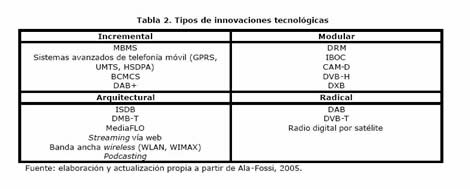Algumas das tecnologias que permitem levar a rádio a todo o lado (a rádio portatil e acessivel)
«1 - I can hear RABRadio on my laptop. I’m getting the audio content over the Internet as opposed to a broadcast signal;
2- With this IP Radio from Assus, I don’t need my laptop to listen to a local Atlanta Radio station. And once again, it is delivered via the Internet. (...) Many IP Radios are wireless, so you don’t even need to have an Internet connection in the room. It certainly makes it a lot easier for the listener to get the content they want, when they want it, and where they want it.
3 - (...) Today, it’s the MP3 Player. For Apple’s iPods, this Radio Remote accessory allows FM listening, and the most popular accessory that Apple sells.
4 - (...) The long term success of an MP3 player requires that users continue to source and use new music. Without new music the player becomes stale and irrelevant – relegating the MP3 to just one more fad. FM Radio will definitely drive the success of the MP3 player.
5 Revenue opportunities also exist with Radio to display text-messaging. This feature is quickly moving beyond artist and title information and is poised to deliver advertiser content, including location-based messages and GPS services. This DUAL Radio features MSN® Direct HD, providing personalized and localized text content on the display screen.
6 (...) HD Radio is expanding its in-vehicle presence and is available as a factory-installed unit in BMW, MINI Cooper, Hyundai, and by 2009 in all Ford vehicles. iTunes Tagging has made the buy button a reality. Listeners tag the songs they want and when they connect their iPods to their computers, there is a seamless transition to the purchase process. So, hearing music over the air I hit the tag button and I have the option to buy.
8 - (...) There are over 200 million mobile phones in the U.S., representing nearly 80 percent of the population. This Nokia mobile phone comes with a built-in FM Radio receiver. Again, if Radio were available on every mobile phone, what would that do to drive our business forward?»
RAB State of the Radio Industry – February 12, 2008 at RAB2008 in Atlanta Jeff Haley, 2008.
